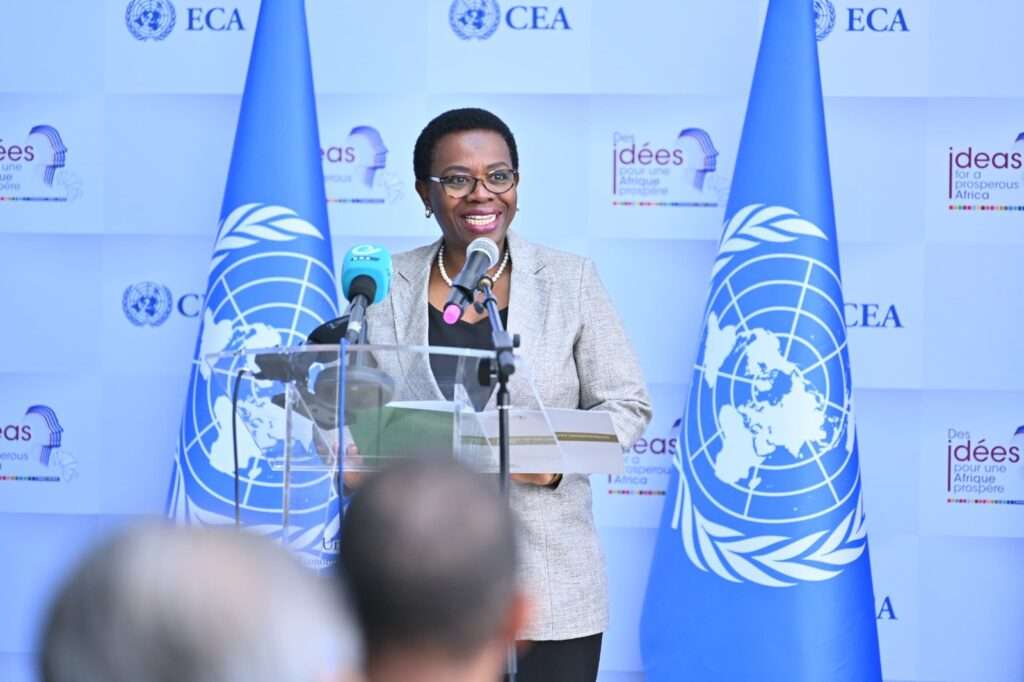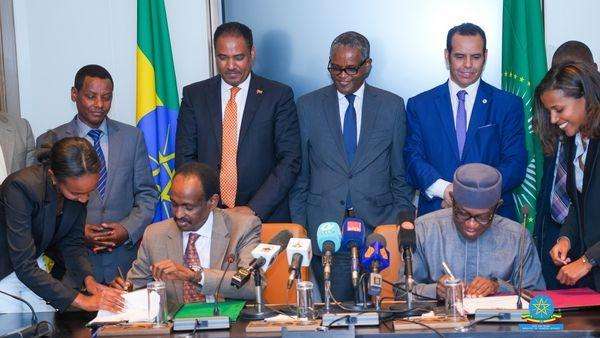STISA stands for Science, Technology and Innovation Strategy for Africa. It is a continental strategy that aims to place science, technology and innovation at the epicentre of Africa’s socio-economic development and growth. The strategy has six priority areas and four pillars that guide its implementation.
The African Union was creating a more comprehensive and long-term plan called AU Agenda 2063 at the crucial time when the STISA-2024 was being established. The first of ten-year incremental phasing plans, known as STISA-2024, aims to address the growing need for science, technology, and innovation in a variety of vital sectors, including infrastructure development, agriculture, energy, the environment, health, mining, security, and water.
Some of these priority areas are:
- Eradication of hunger and achieving food security: This priority area aims to improve agricultural productivity and food security in Africa by promoting sustainable and climate-smart agriculture, enhancing value chains, reducing post-harvest losses, and increasing access to markets and finance. Some of the flagship programmes under this priority area are the African Biosciences Initiative, the Comprehensive Africa Agriculture Development Programme, and the African Food and Nutrition Security Programme.
- Prevention and control of diseases: This priority area aims to reduce the burden of communicable and non-communicable diseases in Africa by strengthening health systems, enhancing disease surveillance and response, developing and deploying effective and affordable diagnostics, vaccines and drugs, and promoting healthy lifestyles and behaviours. Some of the flagship programmes under this priority area are the African Health Strategy, the African Medicines Regulatory Harmonization Initiative, and the African Network for Drugs and Diagnostics Innovation.
- Communication (physical and intellectual mobility): This priority area aims to improve connectivity and mobility in Africa by developing and upgrading physical and digital infrastructure, enhancing access to information and communication technologies, fostering regional integration and cooperation, and promoting knowledge sharing and innovation. Some of the flagship programmes under this priority area are the Programme for Infrastructure Development in Africa, the African Internet Exchange System, and the Pan-African University.
- Protection of our space: This priority area aims to safeguard and optimize the use of Africa’s natural resources and environment by enhancing environmental management and governance, promoting renewable and clean energy sources, mitigating and adapting to climate change, and harnessing space science and technology. Some of the flagship programmes under this priority area are the African Space Programme, the African Renewable Energy Initiative, and the Great Green Wall for the Sahara and the Sahel Initiative.

- Live together- build the society: This priority area aims to foster social cohesion and inclusion in Africa by promoting human rights and democracy, enhancing cultural diversity and heritage, empowering women and youth, and addressing the root causes and consequences of conflicts and violence. Some of the flagship programmes under this priority area are the African Charter on Democracy, Elections and Governance, the African Union Agenda 2063, and the African Women in Science and Engineering Programme.
- Wealth creation: This priority area aims to enhance economic growth and development in Africa by stimulating industrialization and diversification, boosting trade and investment, fostering entrepreneurship and innovation, and creating decent jobs and livelihoods. Some of the flagship programmes under this priority area are the African Continental Free Trade Area, the African Science, Technology and Innovation Fund, and the African Research Grants Programme
Below are the four pillars of STISA

- Building and/or upgrading research infrastructures: This pillar aims to provide adequate and quality facilities and equipment for conducting research and innovation in Africa. Some of the activities under this pillar are:
- Developing and implementing a continental framework for research infrastructure development and maintenance
- Establishing and strengthening regional and continental centres of excellence and networks
- Promoting the sharing and access of research infrastructures among researchers and innovators
- Enhancing professional and technical competencies: This pillar aims to develop and retain a critical mass of skilled and motivated human resources for STI in Africa. Some of the activities under this pillar are:
- Developing and implementing a continental framework for human capital development and mobility in STI
- Supporting the training and mentoring of young scientists, engineers and innovators
- Promoting the participation and leadership of women and girls in STI
- Promoting entrepreneurship and innovation: This pillar aims to foster a culture of creativity and problem-solving in Africa. Some of the activities under this pillar are:
- Developing and implementing a continental framework for innovation and entrepreneurship
- Supporting the creation and growth of innovation ecosystems and hubs
- Facilitating the commercialization and diffusion of research outputs and innovations
- Providing an enabling environment for STI development in the African continent: This pillar aims to create a conducive and supportive policy and regulatory environment for STI in Africa. Some of the activities under this pillar are:
- Developing and implementing a continental framework for STI governance and coordination
- Harmonizing and aligning STI policies and strategies at national, regional and continental levels
- Mobilizing and allocating adequate and sustainable resources for STI
There will be three stages to the STISA-2024 implementation. Member states should include this strategy in their national development plans at the national level. In order to plan and coordinate activities, Regional Economic Communities (RECs), regional research institutes, networks, and partners should make use of the strategy at the regional level. The NEPAD Agency, the African Union Commission (AUC), and their partners should mobilise institutional, human, and financial resources, track progress, and oversee implementation at the continental level. They should also promote and raise awareness.
Although there are traditional ways to support innovation and research and development (R&D), in order to carry out the strategy, it is crucial to set up integrated, effective, and efficient financing sources. When creating and carrying out national and regional plans and priority programmes, the AUC and NEPAD Agency will mobilise and organise resources for technical support. In order to ensure the coordinated execution of national and regional programmes, AU Member States and RECs will have a leading role in mobilising resources from the public, business, and donor sectors.
Some of the flagship programmes that have been developed under the priority areas of STISA are:
- African Biosciences Initiative
- African Materials Science and Engineering Network
- African Space Programme
- African Observatory of Science, Technology and Innovation
- African Science, Technology and Innovation Fund
- African Science, Technology and Innovation Indicators
- African Innovation Outlook
- African Women in Science and Engineering





